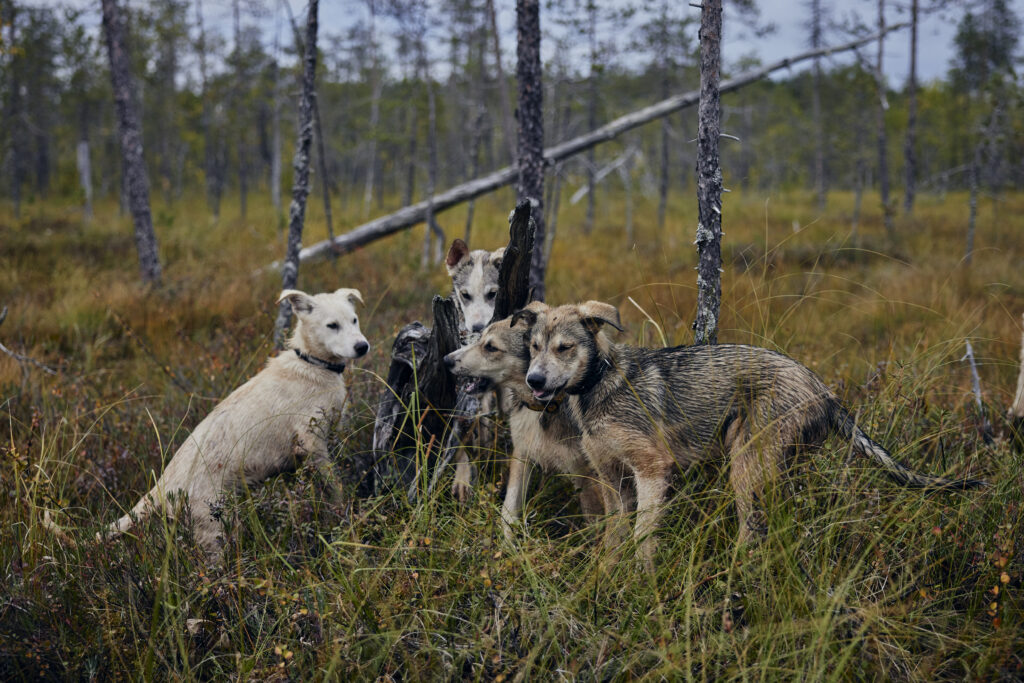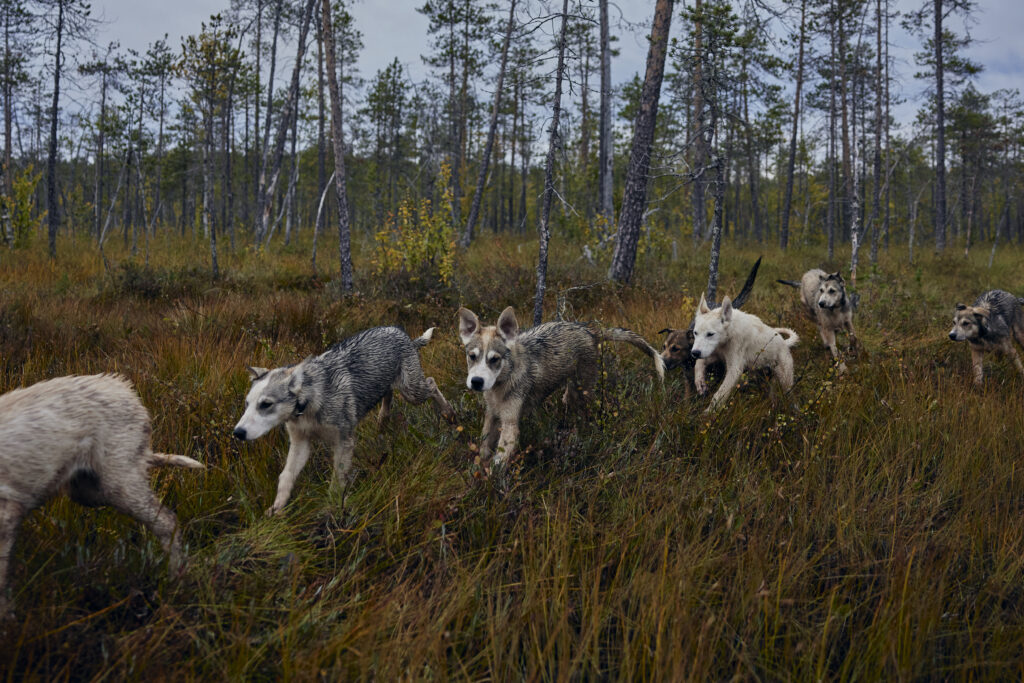Damned If You Do, Damned If You Don’t: The Catch-22 of Improving Dog Care
In Lapland today, and increasingly across Finland, there’s a growing trend in the public discourse to question and critique the tourism industry. Some of that criticism is valid, even necessary. But when it comes to sled dog tourism, we’re seeing a frustrating double standard unfold.
At one end, kennels are publicly criticised for not doing enough, for poor infrastructure, inadequate care, or outdated practices. But when those same businesses take steps to improve, they’re often met with resistance, complaints, and regulatory roadblocks. It creates a situation where you’re penalised whether you act or not. It’s a no-win game.

A Culture of Critique
The recent wave of media coverage, particularly in regional outlets, has taken a decidedly negative slant on tourism, especially around sled dog operations. While we absolutely support investigative journalism that uncovers real issues, the coverage has increasingly begun to feel biased. It highlights deficiencies, but rarely gives airtime to the complexity of actually fixing them.
Yes, there have been kennels with unacceptable conditions. Yes, some staff in the tourism sector have been treated poorly. These are issues that deserve exposure and resolution. But when the spotlight begins to swing toward kennels actively trying to do better, and those efforts are met with bureaucratic obstruction or neighbourly backlash, that’s when the narrative becomes not just unfair, but damaging.
Improvement Requires Investment
At Bearhill, we were fortunate to have built our kennel with long-term planning in mind. We knew from the beginning that the bar needed to be raised, that better infrastructure for dogs and staff was essential. But many of our colleagues haven’t had that luxury. They’re now working to retrofit, relocate, or expand their kennels as finances and opportunity allow.
Investments in dog welfare don’t happen overnight. They require land rights, capital, vision, and increasingly permits. As business improves, many operators are reinvesting profits into improved facilities: better housing for dogs, better working conditions, quieter layouts, improved hygiene and logistics. This is exactly the kind of evolution we should want to see.
But here’s the catch: under Finland’s new building legislation, every new or modified kennel now requires a building permit. And with that permit comes a legal obligation to notify neighbours, giving them an opportunity to oppose the project – for any reason, reasonable or not.
Good Intentions, Blocked by Bureaucracy
One of our colleagues is a clear example of how this plays out. After over a decade operating on rented land, he finally secured the means to build his kennel on land he owns. The new location is further away from residential homes, includes plans for a sound wall, and meets all requirements under the previously applicable regulations. It should have been a success story, a leap forward for the dogs, for the business, and for the community.
Instead, once the permit application became public, neighbours who had never previously raised an issue suddenly began filing complaints. The local paper picked up the story, framing it as part of a surge of unwanted kennels “popping up” across Lapland. Public perception turned against him, not because of what he had done but because of where he was doing it and the timing of the legal process.
And so the irony becomes complete: had he not moved the kennel, complaints about the dogs’ previous location might have continued. Now that he’s trying to move and improve it, he’s being blocked. Damned if you do, damned if you don’t.
The Hidden Costs of Compliance
We’re not asking for a free pass. Anyone who keeps animals for work or tourism has a serious ethical and legal responsibility. But we are asking for consistency and for room to improve without being dragged down by the very systems that should be helping.
The new licensing laws add administrative burden and risk to kennel operators who want to do the right thing. A single neighbour’s objection can delay or derail a project that may take years to plan and fund. The result? Fewer kennels are willing to take the risk. Improvements stall. Welfare stagnates.
What’s the Alternative?
If we want better dog care, we have to support the mechanisms that make it possible. That means:
- Recognising that dog welfare improvements often require construction and expansion
- Creating regulatory pathways that reward transparency and long-term investment
- Encouraging local communities and officials to see the bigger picture, not just the immediate noise complaints
- Giving operators security of tenure so they can responsibly invest in the land their kennels sit on
Right now, many of us feel stuck, not because we don’t know what to do, but because the process of doing it has become politically and practically toxic.

This Is the Frustration
This is the tension we want to explore more in Working Like a Dog: the gap between what the public demands from our industry, and what the system allows us to deliver.
Every time a kennel improves, it should be celebrated. Every investment in infrastructure, staff, or dog housing should be seen as a step forward. Instead, we’re in a climate where the people who care the most are punished the most for trying.
We’re not naive. We know this business is noisy, muddy, and often misunderstood. But we also know what good care looks like, and what it costs. The question is – will the system support that care, or keep standing in its way?
– Valentijn Beets & Veronika Butinova
Bearhill Husky



